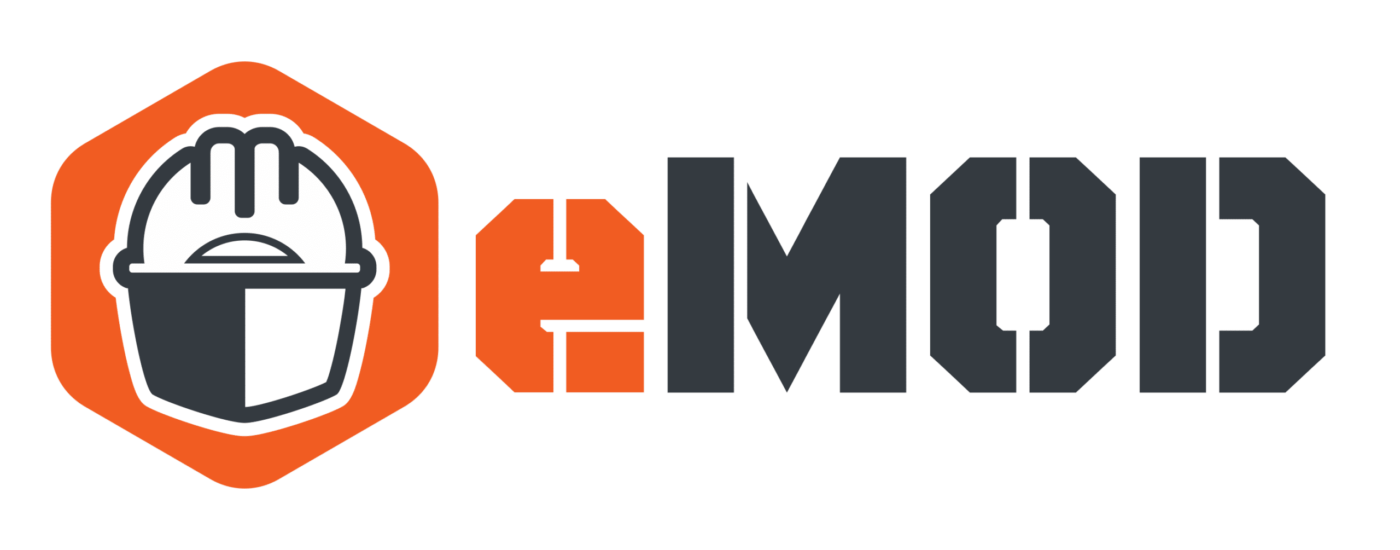
An interview with Southland Industries’ pre-construction executive Henry Nutt III
By Kaitlin Frank
“By failing to prepare, you are preparing to fail.” – Benjamin Franklin
We all know it: Planning for any construction project is crucial. Just as important as the skill and care it takes to execute on projects. And the importance of pre-construction, or “pre-con” — the planning phase that takes place before we break ground on any project — is exponentially more important with projects that are more complex and large-scale.
But not everyone is great at planning. So, we thought it would be valuable to share some insight about pre-con with one of our favorite experts, Henry Nutt III. After working in sheet metal for 32 years, Henry is now tasked with leading pre-construction for Southland Industries, one of the nation’s largest MEP (mechanical, electrical, and plumbing) building systems experts.
I sat down with Henry recently to talk about his role as a “pre-construction executive” — covering a range of issues, including the importance of alignment from a wide range of stakeholders, risk assessment, and lean construction. Here’s what he had to say:
What’s your day-to-day role?
It’s so important to have the right people involved early so we can make informed decisions that are going to impact everyone when the job is underway.
I’m focused on the front end of projects. I work with our teams to determine who will be involved in each project. And we work with the building owners and our trade partners to define the scope, risks, and schedule.
How long does the pre-con process typically take?
It depends on the complexity of the project, the goals of the project, and also the familiarity of a team in working together. If a team has worked together in the past, there is a level of trust and an understanding of how they operate. If you’re working with a new team, it’s a little longer process. So pre-con for a small-to-medium-sized project might be a six-week process. But in some cases, pre-con could be a six-month process depending on the project criteria.
Can you describe the key steps that take place during pre-con?
It’s really what it sounds like. Before you build anything, you need to understand all the components to have a successful construction process. It’s the foundation for the project. If you consider that 60% of your risks are in the installation process, to be successful you need to identify those risk components — including the people, the tools, and the processes — all those things that you need to establish a good construction process. Pre-con is identifying everything the team needs to actually go build something. We focus heavily on the design aspects of the project and workout potential constructability issues, as well as opportunities for prefabrication and modularization.
Can you describe some of those critical components?
One of them is simply knowing exactly what will satisfy the owner of the project. At the end of the day, the team needs to understand the goals of the project, the purpose of the infrastructure, and why we are doing what we’re doing.
It’s also answering questions like:
- Will we have a remote team and how often are we going to be meeting?
- What’s the schedule for all the different pieces?
- Are we maximizing opportunities for modularization and prefab?
- What does the labor pool look like, and how are we going to get the right people on the project?
- Are we incorporating design features that help create modular opportunities and off-site prefabrication?
A big point of pre-con is setting yourself up for an efficient project. Can you explain?
That is one of the bigger components of pre-con is the ability to help your team to be efficient. It’s so important to have up-front conversations and identify risks. And I think that every piece of a job has its own set of risks. And what pre-con allows is time for validation and identification of those risks. And then to determine how to mitigate them so the project runs smoothly and efficiently.
Pre-con also allows everyone to understand the process of each smaller team, going from A to Z, when it comes to designing, installation, and execution.
At what point do you bring in the foreman and field team during the pre-con process?
We have key stakeholders from the field on day one. Usually we bring key stakeholders to one location — or it may be virtual, more likely right now. We bring everyone together into a big room, and that’s where the project comes to life. We get all parties involved early to make sure what we want to build is actually constructable. We talk about the most efficient process for finishing the project and try to eliminate unnecessary or wasted steps.
At the end of the day we build structures – but we build structures with people. And so we always have to remember that this is a people business.
That communication that happens face-to-face helps eliminate a lot of mistakes. It’s much more effective to walk over to somebody and ask a question versus emailing them.
What’s the biggest mistake that people make during pre-con?
Not having the right people in the room. It’s so important to have the right people involved early so we can make informed decisions that are going to impact everyone when the job is underway. And sometimes people think it’s expensive to involve additional people. But they end up paying a lot more later if a key person is not involved.
What happens when you don’t have the right people involved in pre-con?
Well, I’ve seen it where on the first day on the job, where the project manager would hand the foreman a set of drawings that he’d never even seen before. That’s setting up a project for disaster — the foreman has to know how he’s going to do things in advance.
We’ve also had a big room meeting where we had too many people in the room. People who weren’t directly involved felt like they wanted to contribute to the conversation, and the people who should have been more actively involved were intimidated because they didn’t know who everyone was. The meetings went longer and we weren’t solving problems. And it became this session where people felt like it was a waste of time. And so everyone checked out mentally.
Getting the right people involved is a balancing act for sure.
Some people prefer to get to work rather than spending time planning. How do you get everyone aligned?
My struggle, as a trade partner, is getting other trade partners to adopt similar lean practices and seeing the value of it. They may say they’ve had a bad experience with certain practices. They say, “This doesn’t work and it’s a waste of my time, I’ve done this before. Or why don’t we try it a different way?” You spend time trying to break those walls down. Or you have junior people who are going through planning for the first time. Getting the adoption of the trade partners as well as the general contractor on a plan is crucial to authentically executing it.
You mentioned lean construction. In pre-con, what does lean construction mean?
At a high level, lean construction is a removal of waste. It’s continuous improvement. It’s identifying the project goals for the owner. That’s why it’s important to understand the conditions that will ultimately satisfy the owner at the end of the project.
Lean construction also represents respect for people. It’s generating value. It’s understanding what the flow of the project is. And all these things happen because of the relationships that you create or that are created within the team. At the end of the day, we build structures — but we build structures with people. We always have to remember that this is a people business.
So, we have to consider how we get our people aligned to do something within a system that helps them do it better, faster, and quicker. And we do it without any contention, bad feelings, disrespect, and harmful claims.
Our work is challenging. People are stressed. There are dangers. We have high suicide rates. And lean isn’t a magic pill, but it breaks down some of those barriers and allows people to have a different experience in our business. For one, we now look at ourselves as professionals just like any other craft or any other industry. Ask a plumber or electrician and they never used to say the word “professional” to describe their work. But they go to school, they get trained, they work in this industry, they work on projects worth millions of dollars. So, lean is helping change the mindset of the construction worker so that they execute at a different level.
Lean is also about dealing with conflict in a different way. In pre-con, project managers and architects and engineers used to be the only people that represented a project. Now trades of all types represent the project. Everyone needs to be able to articulate their challenges and be able to deal with conflict. Everyone needs to be able to engage in a professional conversation and represent their company. That’s changed over the years.
So, it seems like a huge part of pre-con is getting people aligned. Is that right?
Yes. Getting aligned on what’s important and establishing the right process. It’s having the conversations that people didn’t used to have, because either the environment didn’t allow for it or just not having the right people involved early on.
That’s how I first got involved in pre-con years ago. I was sitting in a room of architects, engineers, project managers, talking about my work. And they were talking about theirs. And some would privately say, “They don’t know what they’re talking about. What are they doing?” There was a lot of finger pointing. So, I would say, “Why don’t you get involved and talk about the issues instead of criticizing what they’re trying to do? And if it’s wrong, help them get better.” And that was the beginning of my own journey in this. I wanted to help different people get involved and become voices at the table. Because to have a successful project, it’s necessary to understand many perspectives. And having that understanding allows you to have empathy for others’ work — and when there are challenges or delays on some tasks, you better understand the difficulty of each of those tasks.
How has it been using the eMOD Safety App?
It’s been great. During pre-con, the eMOD app has been very helpful in getting all the safety paperwork online and completed in one place. And it’s helping with transparency in terms of our teams understanding what different contractors are working on. Also, it’s been really useful during the pandemic with the COVID-19 questionnaire — making the job site screening process a lot more efficient.
Glad to hear it. Thanks for your time, Henry!
Need help managing safety requirements?
We help teams prepare for projects with our eMOD Safety App, a single digital platform to store, access, and share all safety related documents. Contact us to get a demo today.
Kaitlin Frank is co-founder of eMOD and a superintendent at Dome Construction.

